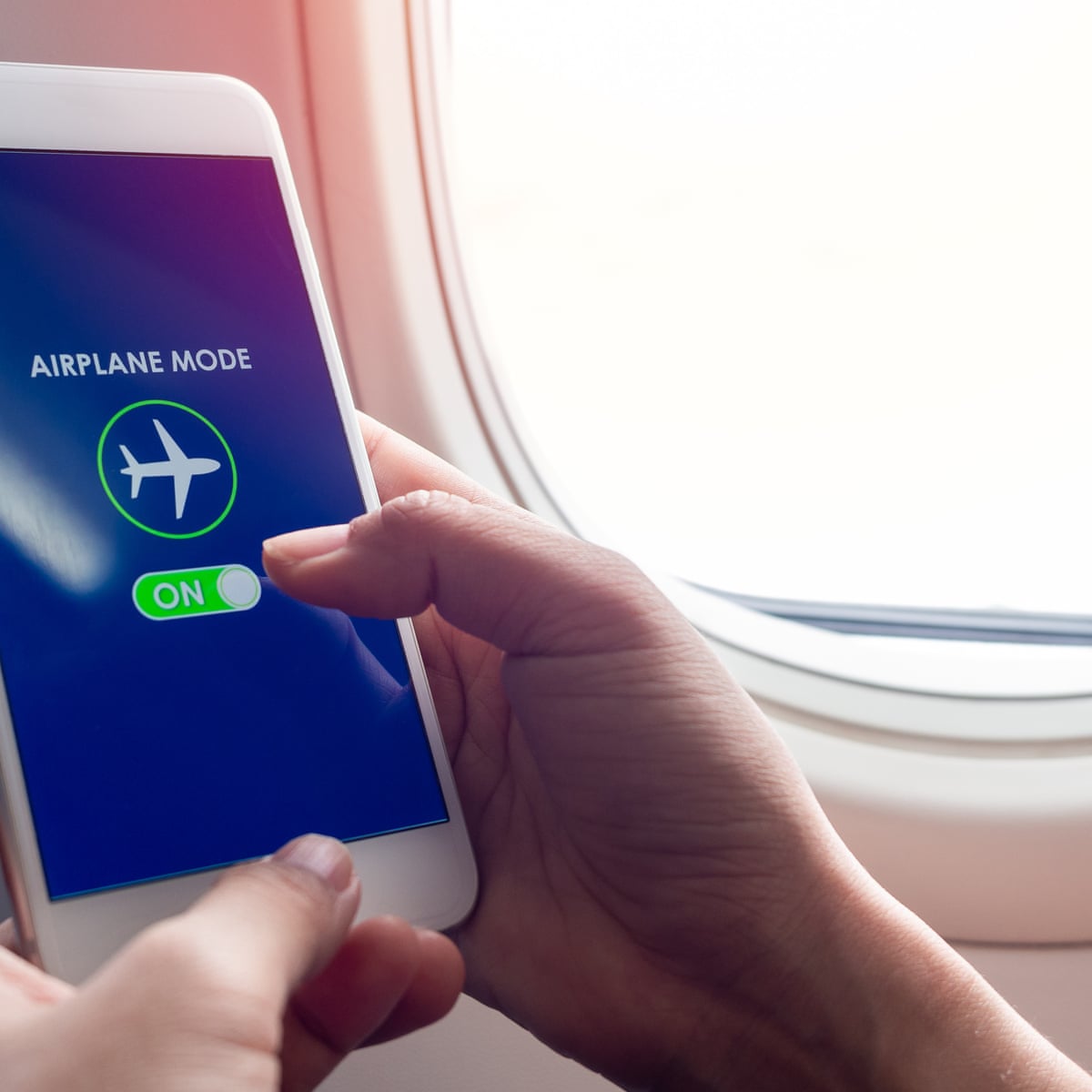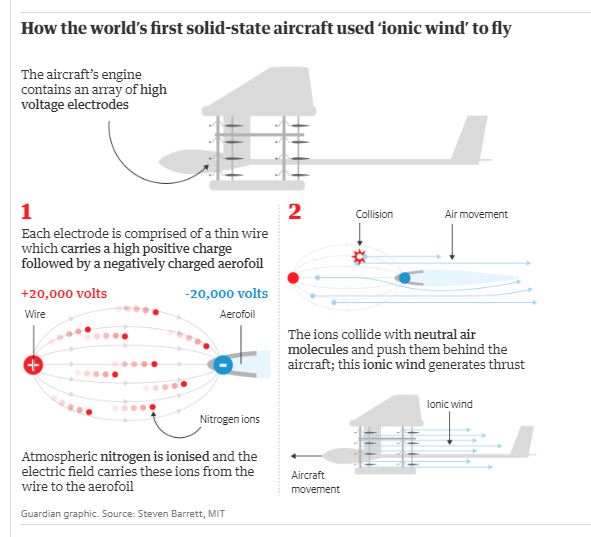
‘Enable innovative services for people’, – was said by Thierry Brenton, EU Commissioner for the Internal Market as a response for a new ideas of implementation 5G services onboard of planes inside the European Union (EU).
The ban of use of electronic devices and, especially, mobile data and services was appertaining to the possibility of interference of devices used by passengers with the equipment used on planes, especially modern fly-by-wire planes, that are using electronic signals to control flight systems, not physical aspect of connect wires.
Outside of such possible disruption, the other reason of forbidding usage of electronic devises onboard is the fact that they can turn into projectiles in the cabin while the plane going through turbulence.
However, in late November, the EU announced that it is possible to provide 5G technology for passengers onboard, together with safe use of electronic devices without restrictions. What is more, the deadline for the introduction and actual availability of the network was set and it is June 30, 2023.
How is it going to work and is it going to influence safety onboard?
5G is the latest standard to be used. The technology provided in the cabins will not be through the wi-fi function, but the mobile data. This is going to work in following way, aircrafts will be using unique network equipment called ‘picocell’, which uses satellite to connect the regular mobile network which is located on the ground to the network on the plane.
In term of safety, the 5G frequencies are higher with 5GHz than those used by the planes – 4.2 to 4.4 Ghz, which makes the risk of any kind of interference is very small.
Calls, video streaming, downloading videos, films, and more other things in less than several minutes. However, we should not expect this 5G feature to be free, especially for those who does not have EU provider, or the one that is used by the passenger simply does not cover foreign countries.
This is the future coming towards us, no more airplane more, no more phone-free travel, this is opportunity to stay connected and freer even flying several kilometers from the ground.
To read more: https://www.bbc.com/news/technology-63786591


